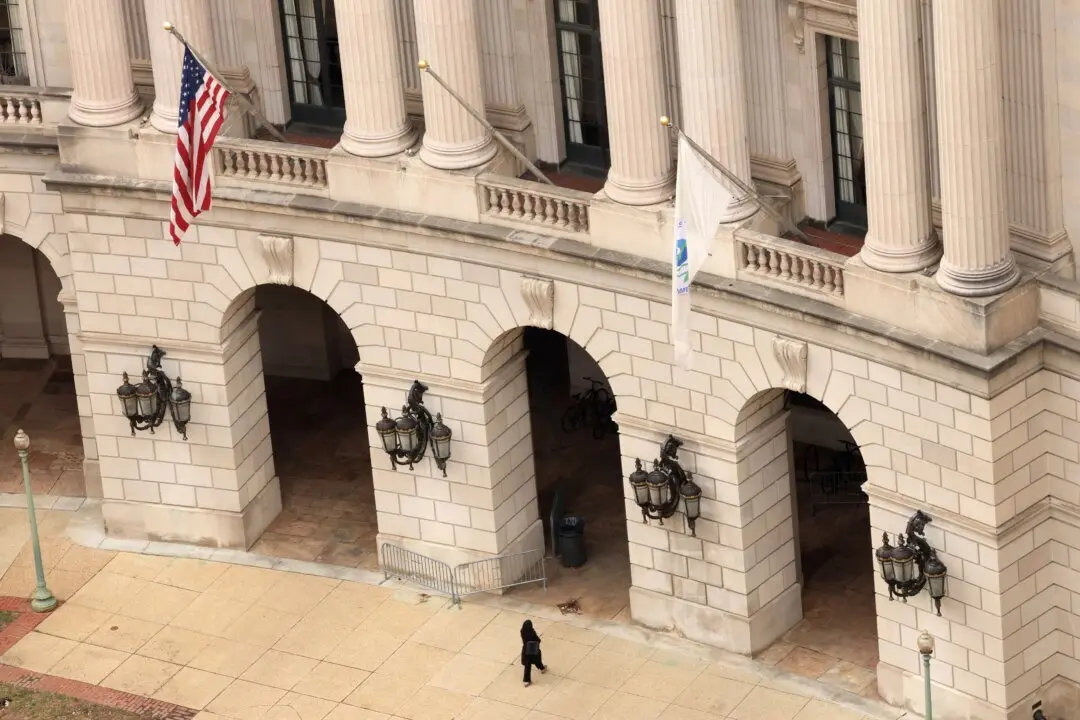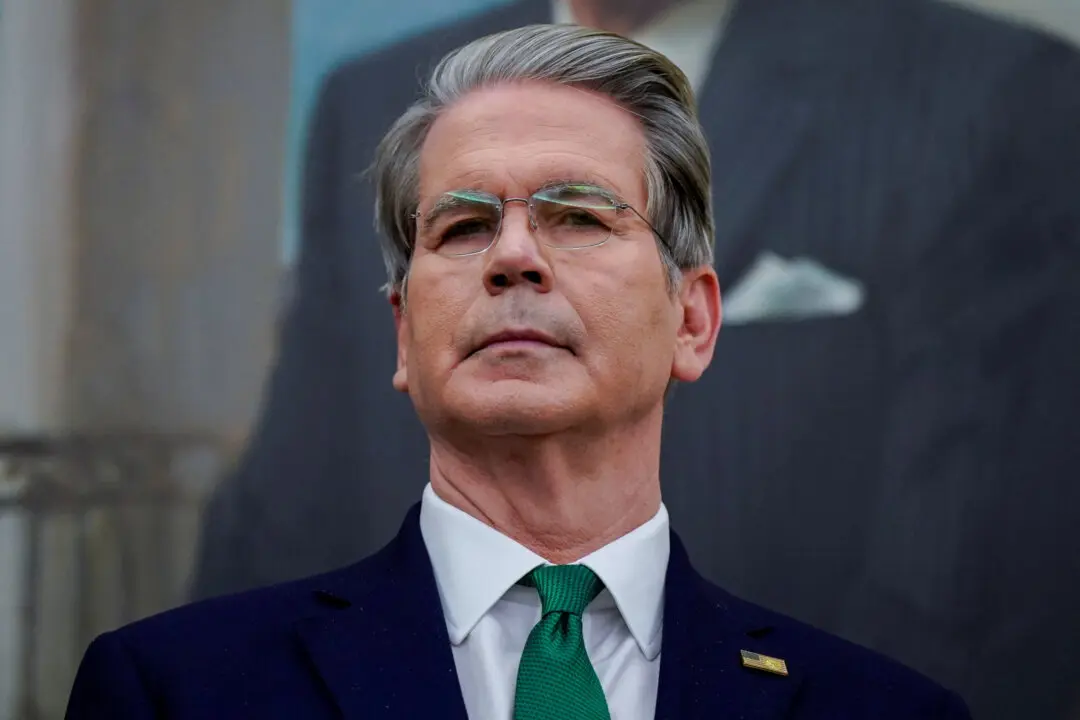A wildfire threatening some of the world’s oldest giant sequoia trees in California’s Yosemite National Park expanded five-fold over the weekend as smoke prompted air quality alerts throughout the park and obscured views of its famed scenery.
As of Monday, the blaze had scorched 2,044 acres of timber and brush at the southern end of the park, up from 250 acres on Friday, a day after fire was first reported by visitors on the Washburn Trail of the Mariposa Grove of Giant Sequoias.





